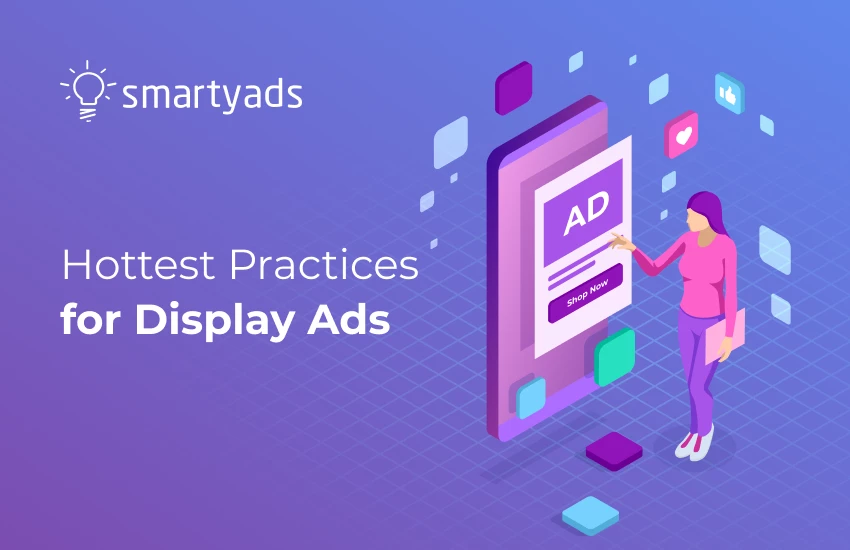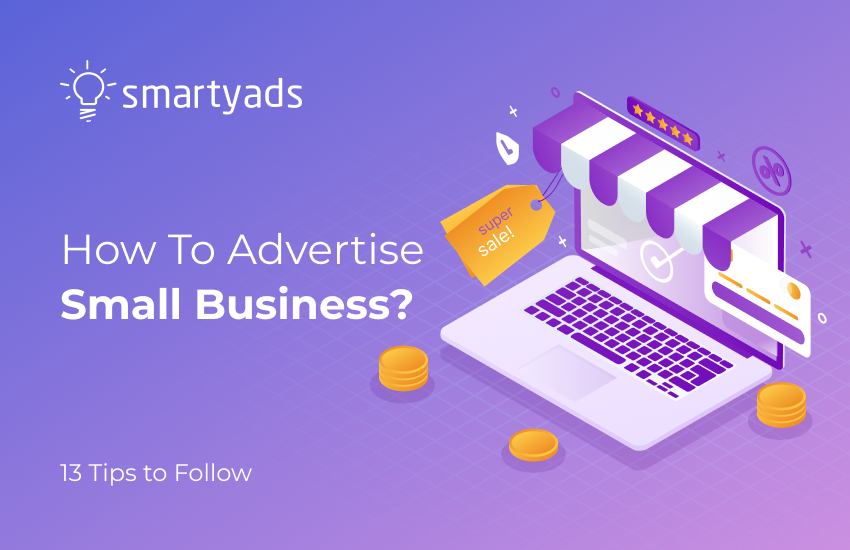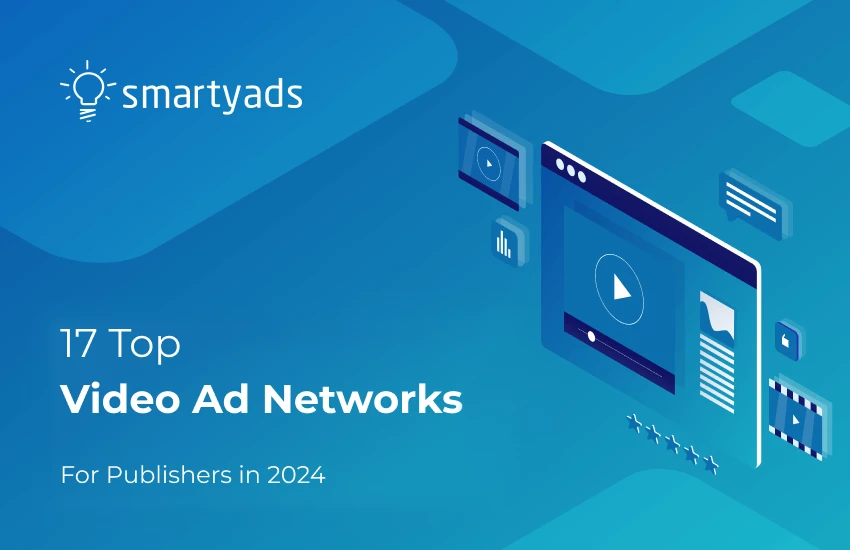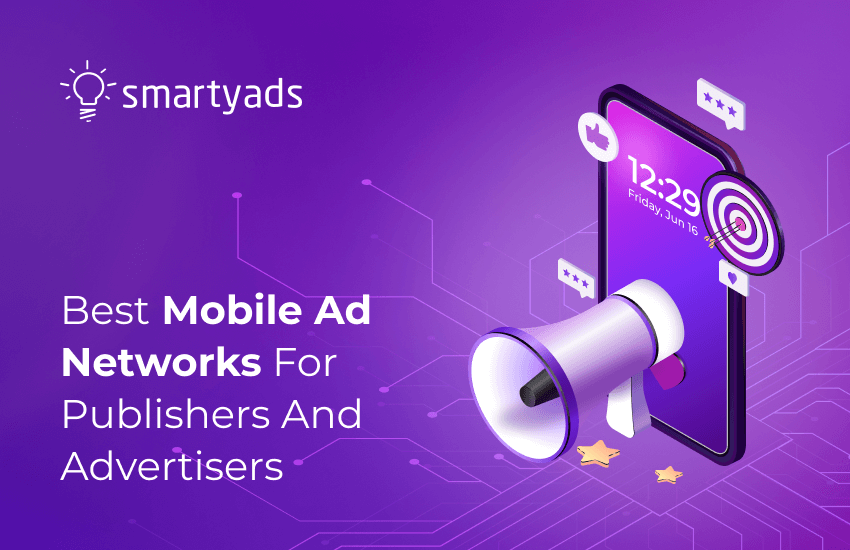Global digital advertising expenditure will reach $696 billion by 2024, reflecting the growing preference for banner ad placement, video ad formats, and display campaigns.
More so, certain industries witnessed a surge in average Google display ad click-through rates, climbing from 0.84% in 2021 to a maximum of 1.08% in 2022.
When we say "display ads", the first thing that pops into our minds is display banners. However, in 2023, display formats span more than display banners; they also incorporate other ad types with animated elements and inbuilt media.
So what are display ads? What are display ads' best practices, and how to help your creative find the right ad space?
A quick word about display advertising
So what are display ads? Digital display ads may come in a variety of formats — static ads and dynamic ones. Those are banners, video ads, search ads, Google ads, and images placed on websites, apps, or social media platforms to promote a product, service, or brand.
What is it good for?
Display advertising allows businesses to reach a large audience, generate brand awareness, and target specific demographics or interests through advanced targeting options.
Also, display ads are good for raising conversion rates. However, their primary task is to generate brand recall and increase brand recognition.
Display advertising can work based on a cost-per-click (CPC) or cost-per-impression (CPM) basis and is often managed through digital advertising platforms or Google display network (or two networks at once).
How popular are display ads?
Programmatic digital display ad spending will hit the bar of $168.02 billion only in the US market alone, which signifies that brands are looking for the opportunity to automatically adjust bidding strategy, serve display advertising campaign messages across the channels, and target people on different platforms and specific websites.
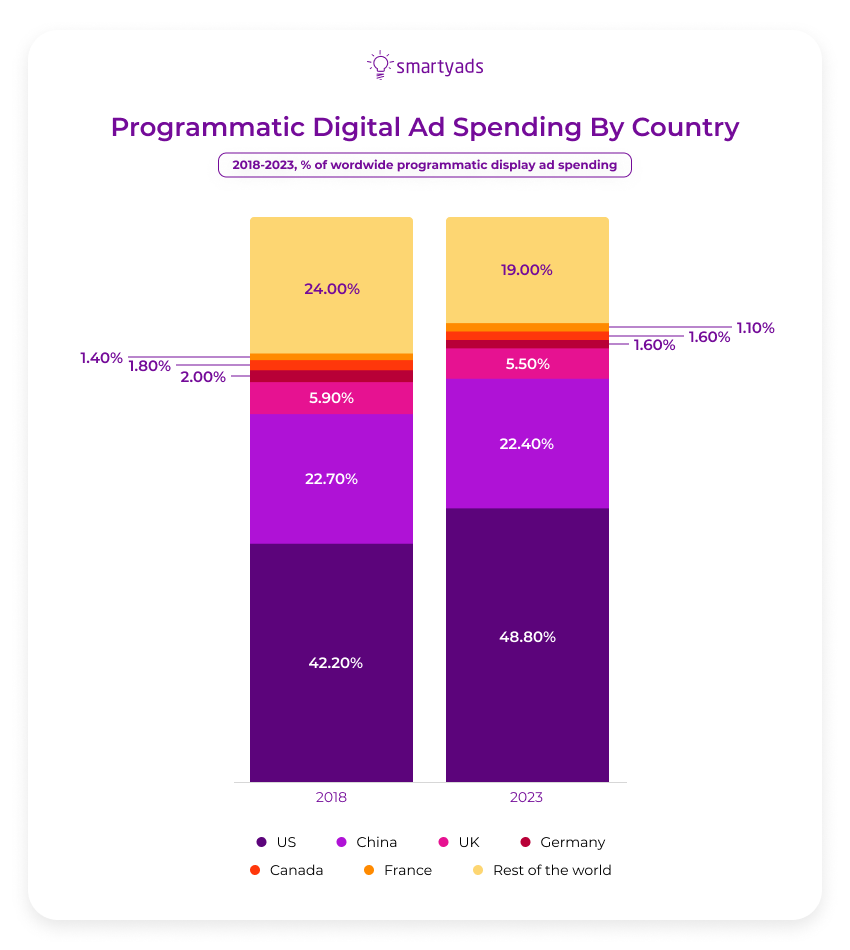
What are the main drivers of display campaigns?
A display campaign is a very popular choice among brands, especially in industries such as automotive, computing, and retail.
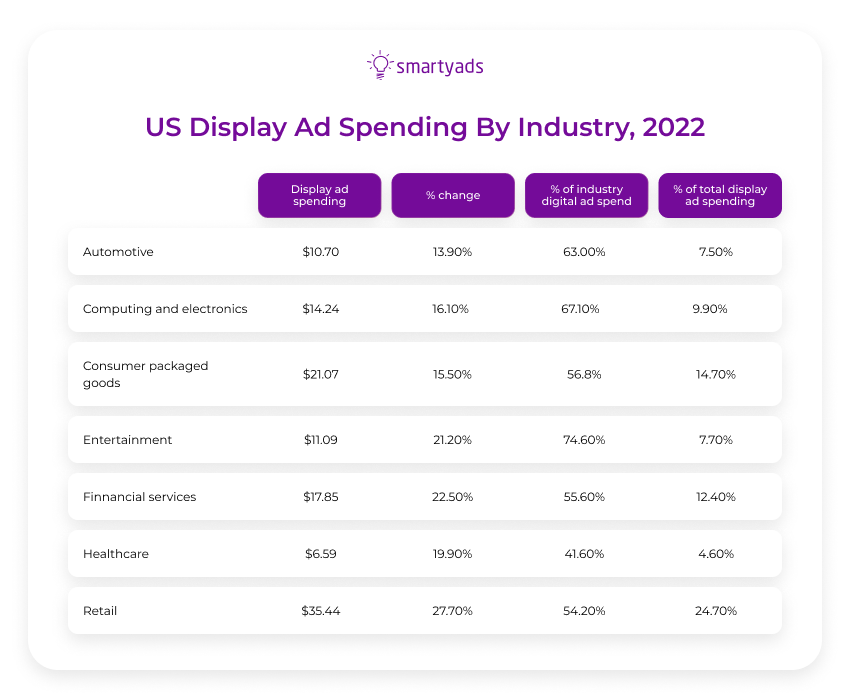
6 display ads that you can use
- Banner ads. These are rectangular or square ads displayed at the top, bottom, or sides of a web page. They usually contain images, text, and a call-to-action button;
- Native ads. These ads are designed to blend in with the content of the website or app where they are displayed. They often mimic the look and feel of the surrounding content, making them less disruptive to the user experience;
- Video ads. These display ads appear in the form of video content and are displayed before, during, or after a video the user is watching;
- Rich media ads. These interactive ads include animations, video, audio, or other multimedia elements to engage the viewer and enhance the user experience;
- Pop-up ads. These ads open in a new window or tab and appear on top of the current web page. They can annoy Internet users and are less common than other display ads;
- Interstitial ads. These full-screen display ads appear between content or when a user transitions from one page to another. They are often used in mobile apps and games.
Banner ad campaigns
A banner ad unit is the most common one on the Internet. Typically those are commercial images that user encounters in search engines, inside of web pages, and in articles.
Benefits of banners
Cost-effective. Banner ads can be very effective because they allow advertisers to reach a large audience quickly and easily. One of the biggest advantages of banner ads is their versatility — they can be used to promote just about anything, from products and services to events and promotions.
And because they are typically displayed on high-traffic websites, banner ads can help businesses reach a broad range of potential customers.
Good for small brands. Another benefit of banner ads is that they are relatively easy and inexpensive to create and manage. They build brand awareness easily. Even small businesses with limited budgets can use banner ads to promote their products or services.
Measurable. Static banners are also highly measurable, so advertisers can track their performance and adjust to improve their effectiveness over time.
There are different banner ad formats:
- Rich media banners
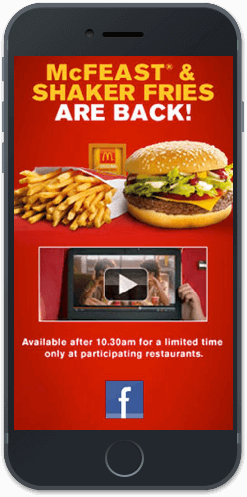
- Mobile, interstitial & app banner ads
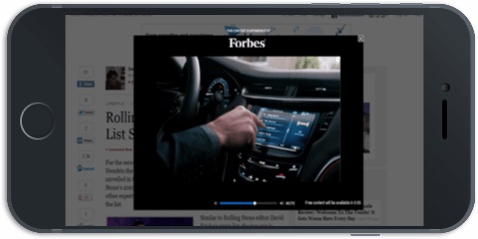
- Video banner ads, custom ones, and more

What format, size, and style should you use for banner ads?
Format: use JPEG, PNG, or GIF format for your banner ads. Choose a standard size for banner ads, such as 300x250 or 728x90 (or use the most popular display banner ad sizesnativ). Banner ad design: use eye-catching and attention-grabbing visuals and concise and clear core messaging. Banner ad designs should include a strong call-to-action to encourage clicks. Display banner ads should also contain a link redirecting the user to the landing page (preferably white background).
Native ads
Native ads attract users' attention because they are the least intrusive — they imitate the form and function of the content they are placed in. Normally they come in form of recommendation widgets, sponsored content, in-feed ads, and more.
Benefits of native ads
They increase brand awareness. Native ads can be highly effective because they seamlessly blend in with the content around them. By appearing in contextually relevant placements, native ads can help increase brand recognition and awareness.
They are non-intrusive. Because they are less intrusive than other forms of advertising, they can enhance the overall user experience for website visitors.
They deliver great reach. Because they are often delivered on multiple platforms and devices, native ads can help brands reach a wider audience and increase their visibility online.
There are different native ad formats to choose from:
- In-feed ads (appear on social media)

- Mobile web native ads

- Content recommendation widgets and more

Best practices for successful display native campaigns:
With native units, you can create responsive display ads for programmatic and Google display campaigns alike.
The format, size, and style of native ads will depend on the platform where they will be displayed. However, in general, native ads should match the look and feel of the surrounding content to blend in seamlessly.
They should use a similar color scheme, typography, and imagery. As for size, native ads should be designed to fit the available ad space while still being clearly visible and legible.
Video ads
Video commercials persuade users, tell a brand story, or showcase a product in detail. One ad is normally placed in the middle of video content in the video player. Brands create ads in the form of videos to amplify their marketing strategy on various channels, including YouTube and CTV.
Benefits of video ads
They are memorable. Using visuals, music, and storytelling, brands can create an emotional connection with their audience, leading to increased brand awareness and loyalty.
They convert better. Users trust the ad more because they can see the product in detail. As a result, users are more likely to click on the banner after videos which redirects the viewers to landing pages.
They are targeted. Video commercials support demographic targeting as well as other types of targeting options. This ad increases the chances of conversion and reaching a return on investment.
Here are some examples of video ad formats:
- In-stream ads

- Video interstitial ad

- In-banner video

Best practices for great video commercials:
The format of the ad will depend on the platform where it will be displayed. For example, a video ad on YouTube may have different format requirements than a video ad on Facebook, Instagram, or videos placed via the Google display network.
The video ad size should also be optimized for the platform where it will be displayed. A shorter length is better for social media platforms, while a longer form may be more effective for streaming services. A longer video commercial may effectively stand out when placed on a website or landing page.
Regarding brand consistency — the video should align with the overall aesthetic and messaging. The style can range from animated explainer videos to live-action product demos, depending on the brand's goals and target audience.
Rich media ads
This type of digital ad goes beyond traditional display ads' static images and text. They typically incorporate interactive elements. They can appear in the form of animated banners. They can include video, audio, and other features to encourage user interaction and engagement.
Benefits of rich media ads
They drive more clicks. These highly interactive and attention-grabbing ads can increase engagement and drive more clicks and conversions.
They are engaging. The interactive ad offers more creative flexibility than a traditional one, allowing brands to showcase their products or services in a more dynamic and engaging way. They can also be optimized for different platforms and devices.
They are easy to measure. These ads provide more detailed performance metrics than traditional ones, allowing brands to track real-time engagement and conversion rates. While creating display ads like these, brands can optimize their campaigns for maximum effectiveness and track user interactions with ad tags.
There are different types of rich media ad formats:
- Interactive banners

- Expandable banners

- Pushdown rich media ads

You can also serve your own banner ads (of custom design and dimensions).
Pop-up ads
Pop-ups are responsive display ads that appear in a separate window or "pop-up" when a user visits a website or clicks on a link. These ads are typically designed to be attention-grabbing and can feature various content, such as text, different images, or videos.
Benefits of pop-ups
They effectively grab the user's attention and drive clicks and conversions. They can be designed to be visually striking and attention-grabbing, encouraging users to engage with the ad and visit the brand's landing page.
They are highly targeted, allowing brands to reach specific demographics or interests. Using data and analytics, brands can deliver their message to the right people at the right time, increasing the chances of conversion and return on investment.
They are easily placed. Like search ads, pop-ups can be placed contextually, which eliminates the use of third-party cookies.
Example of the desktop pop-up:

Example of the mobile pop-up:

Best practices for pop-ups:
Uploaded display ads like pop-ups should be selected based on the platform and user experience and designed to be non-intrusive and user-friendly.
The size of pop-up ads should also be optimized for the platform and user experience. They should be large enough to be noticed and grab attention but not so large that they are obstructive.
Interstitial ads
Interstitial ads are a type of digital advertising that appear in between content or when a user is transitioning from one page or app to another. These ads can be full-screen or pop-up windows and contain various content such as text, images, or videos.
Benefits of interstitials
They generate clicks and conversions since interstitial display ads are often viewed as part of the user's natural navigation or browsing experience on a website. The ads can be designed to be visually striking, attention-grabbing, and thus very effective.
They are targeted. Brands channel their message in the market at the right time, increasing the chances of conversion and return on investment.
They are customizable. Interstitials can be customized to align with the brand's overall aesthetic and messaging. They can be optimized for various platforms and devices and designed to promote specific products or services.
Examples of rich media interstitials that can be served in desktop and mobile environments:

Best practices for interstitial ads
Interstitials are easy to implement, they stand out among other commercials, and they can be used for remarketing audiences on various platforms.
In terms of format, interstitial ads can take many different forms, including full-screen ads, pop-ups, or rich media ads. The format should be selected based on the platform and user experience and designed to be non-intrusive and user-friendly.
The size of interstitial ads should also be optimized for the platform and user experience.
Display advertising best practices
If you search for the best practices for static and responsive display ads, you will stumble upon the "Google Display Ads Best Practices" manual.
Google display network best practices state that each format has a best-performing size that they recommend for advertisers. As well, the Google display best practices manual recommendations include the following tips.
Google display network best practices boil down to the 10 core points:
- Define your target audiences and create specific ad groups for them;
- Use visually appealing and high-quality images or videos;
- Use concise and clear ad copy with an enticing call-to-action;
- Utilize various channels. The ad unit should be suited to websites, apps, and other environments;
- Optimize your bidding strategy and uploaded display ads;
- Regularly review and adjust Google ads based on performance data;
- Use remarketing to target users who have previously interacted with your brand;
- Test different ad variations to determine which ones perform best;
- Ensure that your website or landing pages are relevant and optimized for conversion;
- Monitor your Google display ads regularly to detect and address any issues or opportunities.
Google Responsive Ads – 6 Best Practices
Google display ads' best practice states that brands should use display ad layouts that operate automated image enhancements. Focusing on the top-performing Google display ad sizes is also the key advice to pay attention to.
Google responsive display ad examples:
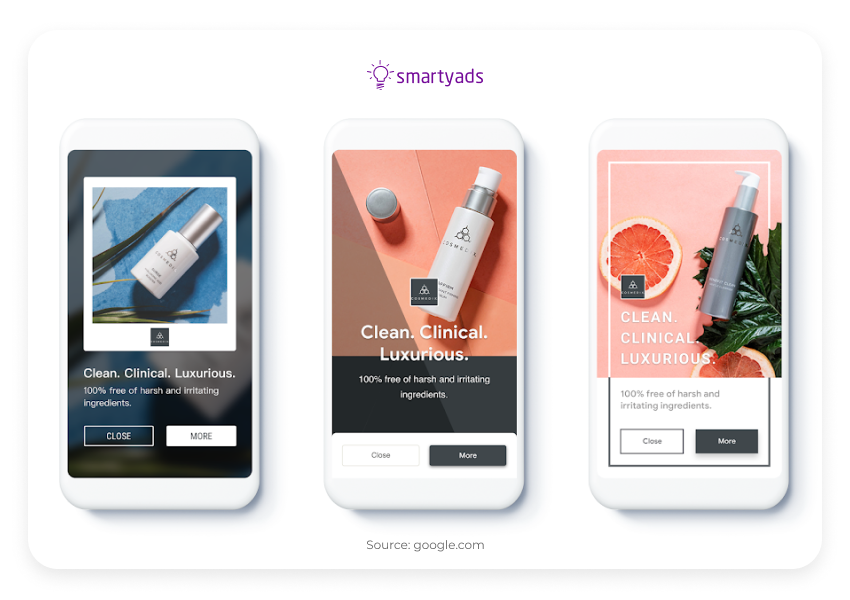
Google display ads that are served via the display network can also be created automatically (the Google ads platform has recently added this function for video display):

It allows brands to create and optimize ads automatically. Responsive Google display ads also contain one image layout to help brands conveniently feature their best products.
When it comes to Google ads, there are 20 standard sizes that they recommend:
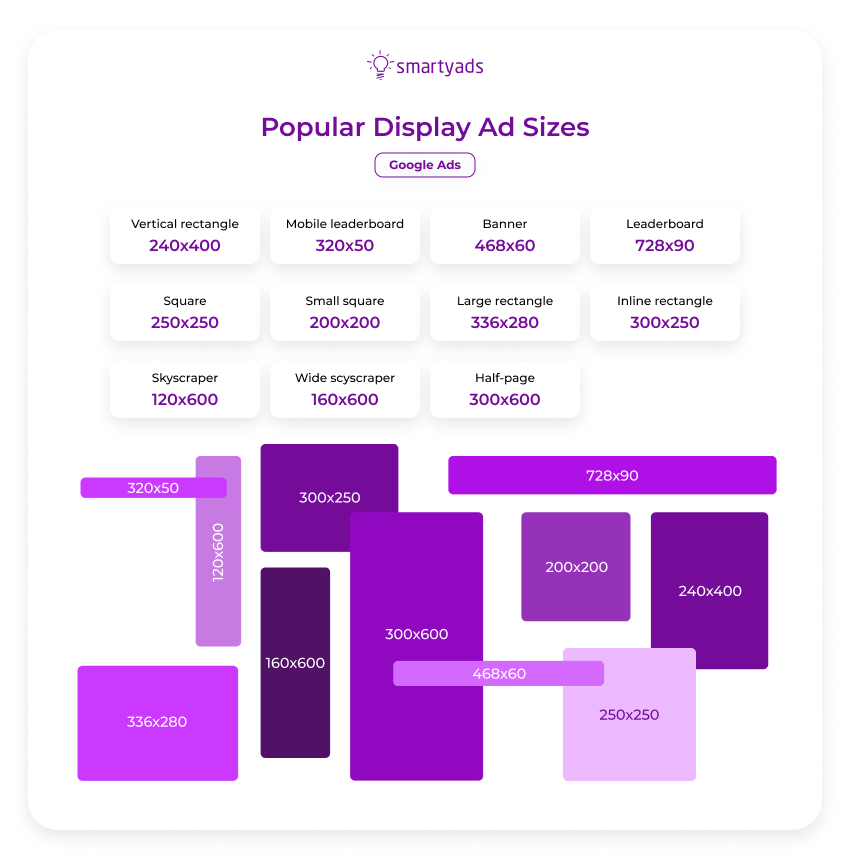
When you use programmatic advertising platforms like SmartyAds, you can find their proprietary creative optimizing tools like creative autoresize. This tool automatically adjusts the size of the creative to fit various types of screens, which is very convenient for non-standard display creative types.
Just like in Google ads, on programmatic platforms, you can also choose placement targeting for your campaigns, choose specific websites on which the ads will appear (whitelists), and exclude certain sources from targeting (blacklists).
To sum up
You don't need to learn rocket science in order to create effective Google display ads or programmatic campaigns. Still, there are display ads' best practices that can definitely provide you with simple ways to improve your performance. Be selective with your choice of images and text, and ensure they complement each other well for each display format; plus, make sure you've addressed any regulatory requirements before diving in.
